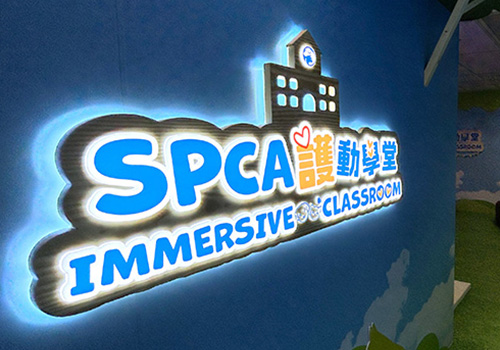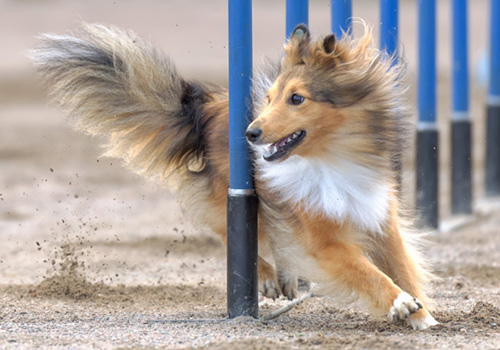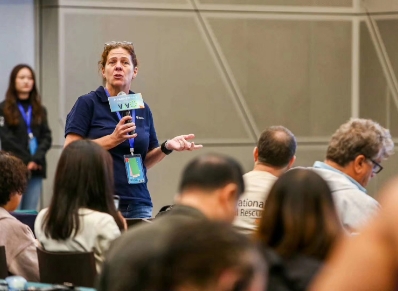Pig Welfare
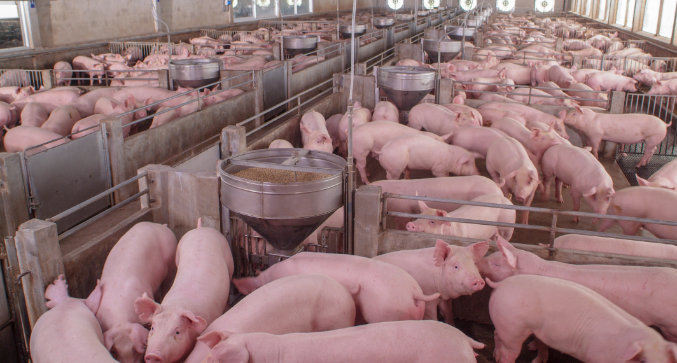
Pigs originated from wild boar and were first domesticated as early as 10,000 years ago. Their adaptable, omnivorous diet made them easier to keep than other species such as cattle. Originally of European descent, domestic pigs are now kept worldwide.
Spending their natural lives foraging for food, these animals suffer terribly when confined to small, barren areas. Worldwide, about 1.3 billion pigs are slaughtered each year for consumption, with China producing around half of that number. Traditional farming practices have given way to large scale industrialisation as demand for ever-cheaper meat increases.
The Cruelty of Industrialised Pig Farming
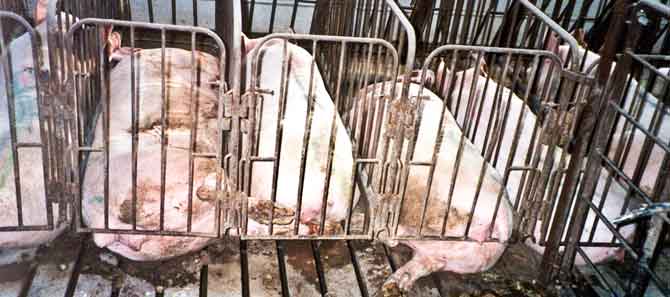
Most pregnant sows are kept confined in individual stalls (gestation crates) for their 16-week pregnancy. This is a metal cage in which the sow is unable to turn around and struggles to stand or lie down. Deprived of all social interaction, the psychological as well as physical suffering this causes has been proven in numerous studies. Food intake is also restricted, causing chronic hunger and frustration.
Just before the sow is due to give birth, she is moved to a crate that affords more room for the piglets but leaves her unable to make a nest and bond naturally with her young. As early as 21 days post-partum, she is separated from her piglets, returned to her original stall, and inseminated again. This cycle runs for her entire life until she is sold for slaughter at around three-years of age.
The piglets are raised in barren, cramped, and often dark conditions. With limited space, no bedding and no sunlight, aggression is common. Rather than alleviating the conditions which cause these unnatural behaviours, the piglets often have their teeth and tails clipped to reduce aggression-related injuries. In addition to these procedures occurring without anesthesia, the males are often also castrated with no pain relief.
The final destination of these animals is the slaughterhouse which often requires traveling great distances. Pigs are unable to sweat and are very prone to heatstroke, and an alarming number die on route from heat-related illnesses.
If dogs were kept in the same conditions as commercially produced pigs, there would be a public outcry.
Hong Kong Slaughterhouses
In a SPCA visit to a slaughterhouse, pigs were clearly being subjected to unnecessary suffering. Workers were seen hitting animals regularly; pigs with suspected pelvic injuries had their legs tied together to allow them to be forced up ramps to slaughter. Most disturbingly, the electric voltage used to stun the pigs prior to slaughter was not enough to render the animal unconscious. That means the pigs were aware of their throat being cut.
Humane Alternatives Exist
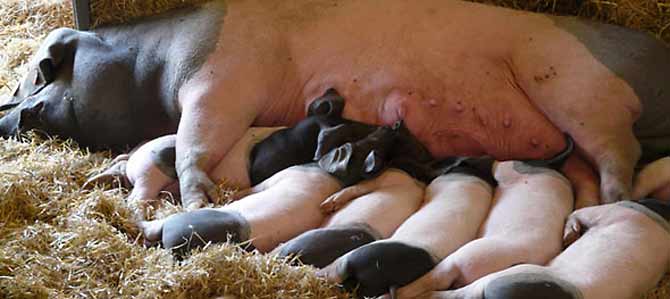
While the situation seems dire for pigs, there are more humane alternatives available. Sow stalls have been banned throughout the EU. Encouragingly, they are being phased out in the New Zealand and Australia. Sadly, there are no such plans for Hong Kong or China.
Improvements to the welfare of pigs can only come about though consumer demand. For example, in response to consumer pressure in the UK for improved conditions, pregnant sows are increasingly being kept in groups and provided straw for bedding, rooting, and chewing. It is heartening to report that around 40% of all UK female pigs are provided a free-range existence and huts for birthing.
Even indoor pigs can be kept in conditions with higher welfare standards – in groups on solid floors with straw or other material for bedding and rooting. Even without access to the outdoors there are far greater opportunities to express natural behaviour, reduce aggression and eliminate tail biting and boredom. Deep bedded systems allow foraging and comfort and can still be commercially viable.
About Farm Animals Welfare
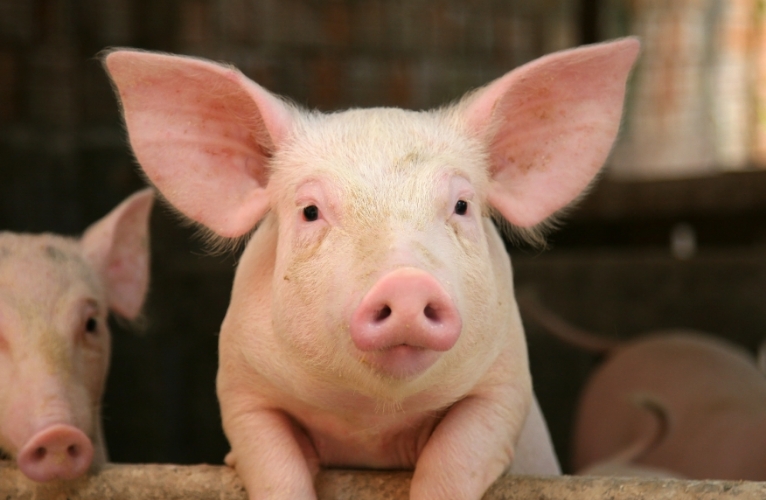
Pig Welfare
Pigs originated from wild boar and were first domesticated as early as 10,000 years ago. Their adaptable omnivorous diet made them easier to keep than other species such as cattle ...
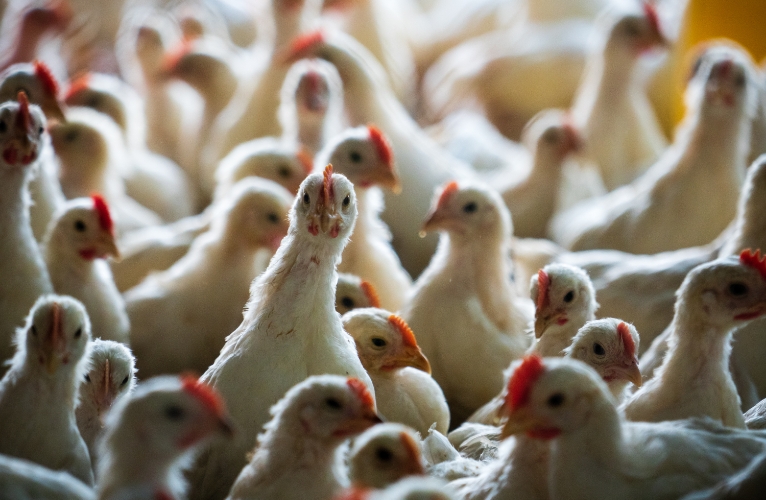
Chickens & Eggs
Every year Hong Kong imports and consumes more than 1.5 billion eggs making it the second largest egg importer in the world. The majority of these are produced in battery farming systems ...
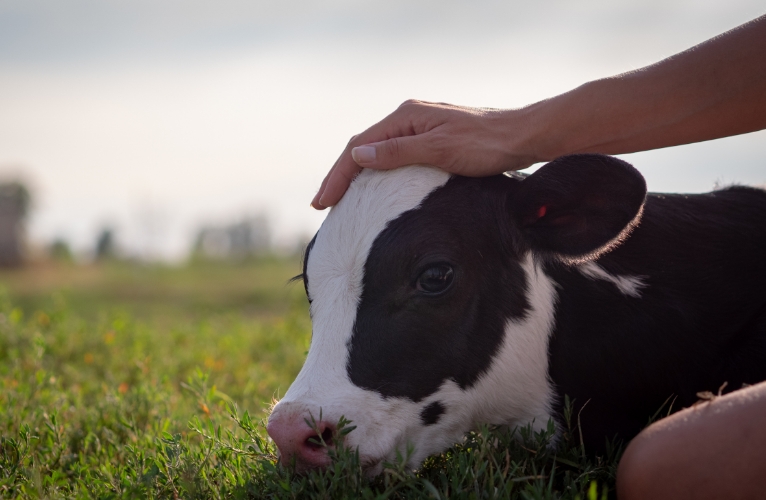
Your Role
There are many ways that we can help make a difference to the welfare of food animals by the choices we make every day ...

